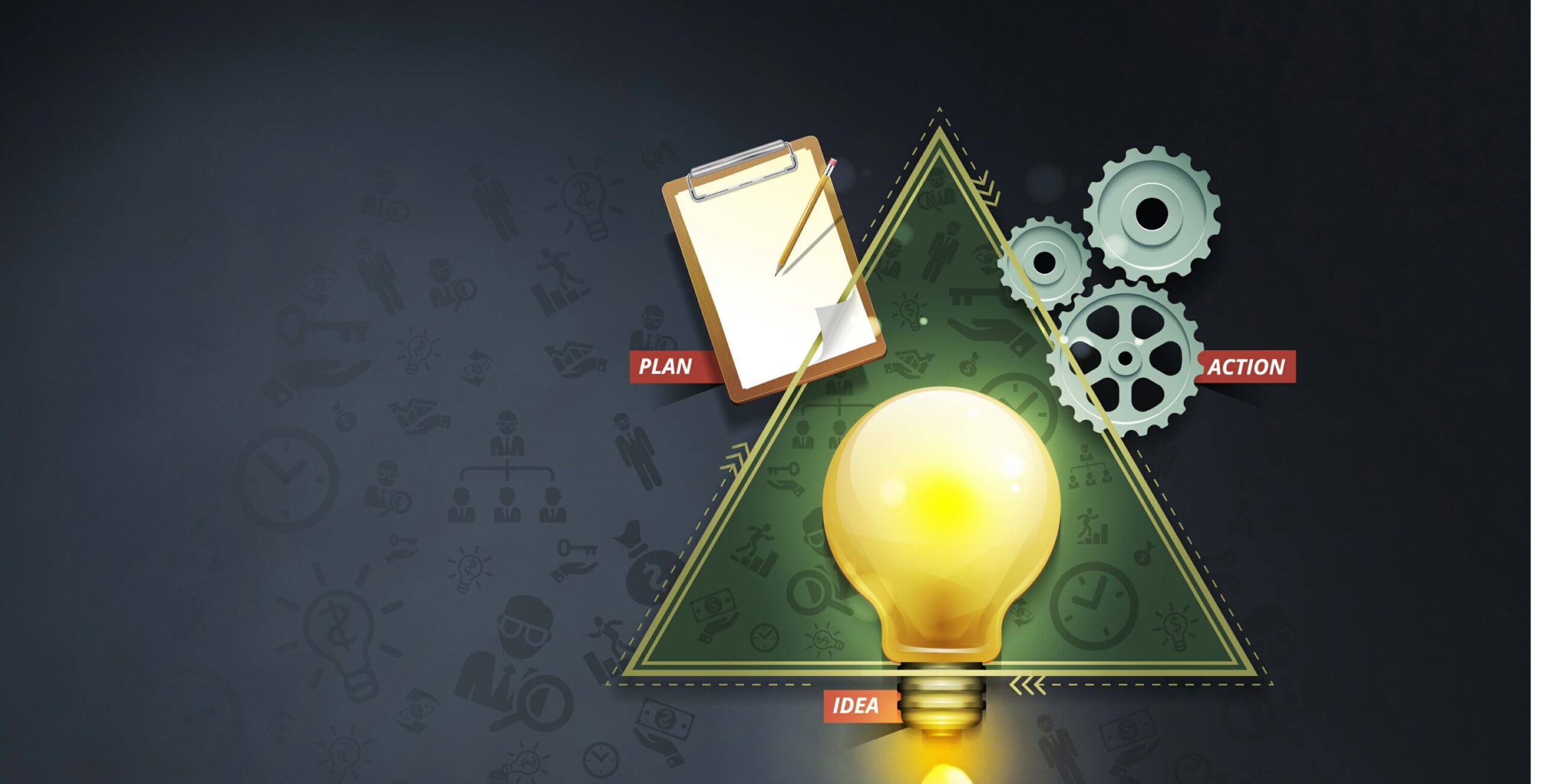A wide range of processes and operations in the material handling sector rely on automated solutions these days. Using the right CMMS or computerized maintenance management system is crucial for efficient and reliable product flow, but proper implementation of the software is equally important.
If you choose the right material handling CMMS and implement it correctly, you can maximize uptime, equipment life and asset performance within your manufacturing, distribution or post and parcel business. This leads to higher returns on your investment, as well as a boost in profitability.
Follow these 5 steps to ensure a successful implementation:
- Accumulation of High-Quality Data – Incomplete, incorrect or insufficient data about assets, procedures and spare parts will affect the efficiency and reliability of even the best preventive management software.
You need to collect accurate data about your operation, in sufficient quantities, to create a strong foundation that allows your CMMS program to work effectively. For a single operation site, this stage can take anywhere from 5 to 7 years, but collecting high-quality data now is essential if you want to set the right benchmarks for strategic maintenance in the future.
- Processes for Data Input and Analysis – CMMS maintenance software can do a lot more than scheduling work orders, but only if you set up effective processes for importing, analyzing and multi-site sharing of data.
Proper workflows and organization are critical for extracting the maximum value from data during new CMMS installations. Information needs to be imported from various databases, and hundreds of assets are created in the software for a single site. If you have multiple sites, this becomes even more complex, so repeatability and standardization play a key role in successful implementation.
- Industry-Specific Vendor Support – When you’re using a mobile CMMS in a material handling operation, it’s important to choose the right supplier. After all, specialized maintenance and support can help you save time and money!
Automated asset management software is available for every sector, but not every provider understands what a manufacturing and retail distribution business needs. Vendors familiar with warehouse automation processes and order fulfilment systems will be able to plan for the requirements of your industry and respond to queries, concerns and issues more efficiently.
- Thorough and Sustainable Implementation – You need to plan the implementation of your mobile asset management software so it enhances your business operations, and continues to do so.
A new CMMS installation could take up to two months, so plan your workflow to avoid disruptions. Define your expectations and share them with your vendor, so you can work on process updates and program implementation together. Take uptime requirements, seasonal peaks and other scheduling demands into account, both for planning new installations and service or maintenance intervals.
- Share Expectations and Be Involved – If you want to maximize the effectiveness of your preventive management software, you need to invest time and energy in every stage of program implementation.
Be clear about your expectations throughout the process, right from the design, planning and installation of your CMMS to ongoing training and evaluation. By engaging with the vendor at each stage, you can ensure that staff is trained on using the system effectively, the program is structured according to your site- and business-specific requirements and handover is quicker as well as smoother.
EAM (enterprise asset maintenance) software is more effective when it’s properly implemented. This lets you lower management overhead as well as manage both site-specific and enterprise-wide maintenance operations more effectively, all from one centralized portal. Contact NEXGEN Asset Management to learn more now!





